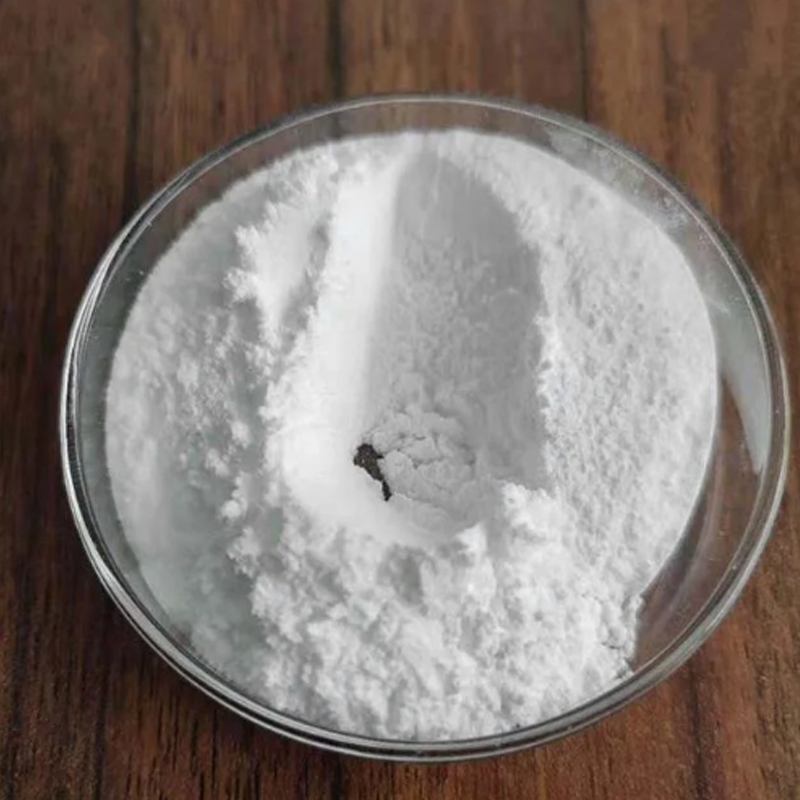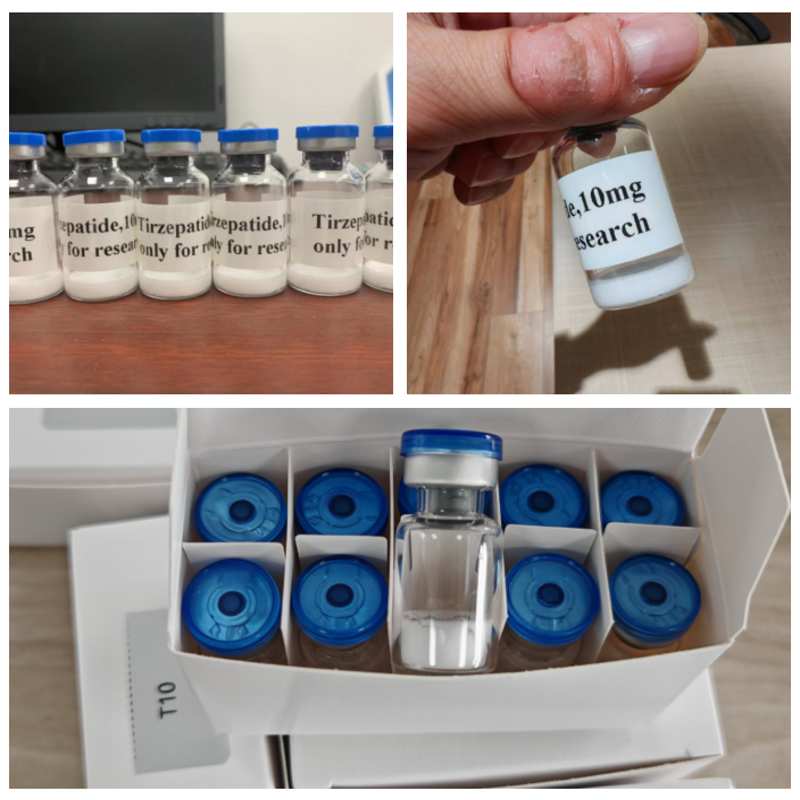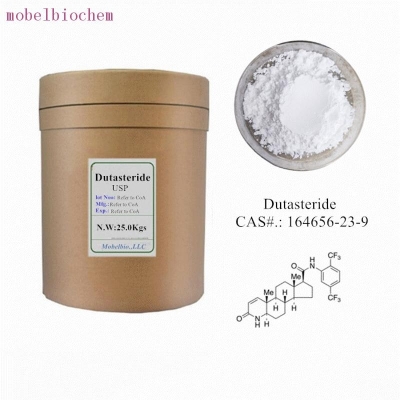-
Categories
-
Pharmaceutical Intermediates
-
Active Pharmaceutical Ingredients
-
Food Additives
- Industrial Coatings
- Agrochemicals
- Dyes and Pigments
- Surfactant
- Flavors and Fragrances
- Chemical Reagents
- Catalyst and Auxiliary
- Natural Products
- Inorganic Chemistry
-
Organic Chemistry
-
Biochemical Engineering
- Analytical Chemistry
-
Cosmetic Ingredient
- Water Treatment Chemical
-
Pharmaceutical Intermediates
Promotion
ECHEMI Mall
Wholesale
Weekly Price
Exhibition
News
-
Trade Service
As a common endocrine disease in women of childbearing age, polycystic ovary syndrome not only causes infertility, but also causes type 2 diabetes, metabolic syndrome and even endometrial cancer in the long term, and is a chronic disease
that requires lifelong management like diabetes and hypertension.
Therefore, even seemingly "mild" polycystic should be detected early and intervened
early.
The cause of polycystic has not been fully elucidated, it is a complex polygenic disease, but also an endocrine disorder disease, affected by both epigenetics and environment, including diet and other lifestyles, so what kind of people are prone to polycystic?
01
A girl with genetic factors
Parents, grandparents or grandparents in the family have a history of diabetes and hypertension, the father's alopecia areata, and the mother's history of polycystic ovary syndrome, often the offspring have a higher chance of disease, but it does not mean that the history will necessarily have polycystic ovary syndrome, which is more likely to occur
under the combined action of congenital genetic factors and acquired living environment.
02
A girl with a disorder of glycolipid metabolism
Obesity and overnutrition in childhood are important causes
of polycystic ovary syndrome.
In addition, people with less healthy lifestyles are prone to polycystic, such as people who like to eat desserts, fried foods and other high-calorie foods, this lifestyle habit is easy to cause metabolic disorders, and disorders of glycolipid metabolism affect endocrine, which may lead to polycystic occurrence
.
03
A girl with a lot of pressure at work and life
This is easier to understand, polycystic itself is an endocrine disease, long-term work and life pressure, bad mood, often stay up late, etc.
are easy to cause endocrine disorders, ovulation disorders, and more prone to cystic ovary syndrome
.
04
Obese girl
Obese women, especially obese women with obvious fat accumulation in the abdomen and waist and significantly enlarged stomachs, are what we often call apple-shaped bodies, and are more likely to have glucose and lipid metabolism disorders
such as insulin resistance and impaired glucose tolerance.
05
A girl with a low birth weight
In the fetal period of stunted growth, birth weight is very low and lower than normal weight, then in childhood, to grow to be like a normal child, there needs to be a growth catch-up process to ensure that she reaches the same level
as normal peers.
However, this growth catch-up can also induce the occurrence
of polycystic ovary syndrome.
In this way, many sisters will worry that they will suffer from polycystic, don't worry, the diagnosis of polycystic, in fact, there are very strict standards
.
Diagnostic criteria for polycysticism
For women of childbearing age, the diagnosis of polycystic depends on three main criteria:
1.
Menstrual disorders
.
Mainly oligomenorrhea, amenorrhea or irregular uterine bleeding, etc.
, if your old friends are relatively punctual every month, and even ovulation, it cannot be diagnosed as polycystic
.
2.
High androgen.
Endocrine hormone testing shows hyperandrogenemia or clinical manifestations of hyperandrogens, such as hirsutism and acne
.
3
.
Ultrasound showed polycystic changes in the ovaries.
Of the three criteria, the first menstrual irregularity must be met, followed by hyperandrogen and polycystic changes, as long as one more is met, and then other diseases that may cause hyperandrogenism and disorders that cause ovulatory abnormalities (such as Cushing's syndrome, non-classical congenital adrenal hyperplasia, androgen-secreting tumors of the ovaries or adrenal glands, drug-induced hyperandrogenemia, functional hypothalamic amenorrhea, thyroid disease, hyperPRLEMIA, premature ovarian insufficiency (POI)) are ruled out one by one, Polycystic ovary syndrome
can only be diagnosed.
For adolescent girls, diagnosis of polycystic must meet both of the following criteria:
1.
Oligomenorrhea lasts for at least 2 years or amenorrhea after menarche;
2.
Clinical manifestations of hyperandrogenism or hyperandrogenemia;
3.
Ovarian polycystic manifestations
under ultrasound.
Other disorders
should also be excluded.
Scratch the point! If girls with high-risk factors have symptoms such as oligomenorrhea, hirsutism, acne, infertility, etc.
, they should be more vigilant about the occurrence of polycystic ovary syndrome, among which oligomenorrhea is common and the most easily overlooked
.
References:
1.
Joham, A.
E.
, Teede, H.
J.
Nat Rev Endocrinol,2022.
2.
Picton, H.
M.
, Balen, A.
H.
Nat Med, 2019.
3.
Ninth edition of Obstetrics and Gynecology
4.
Guidelines for the diagnosis and treatment of polycystic ovary syndrome in China, 2018
Source: Obstetrics and Gynecology Hospital of Fudan University
Authors: Wang Jing, Wang Ling







